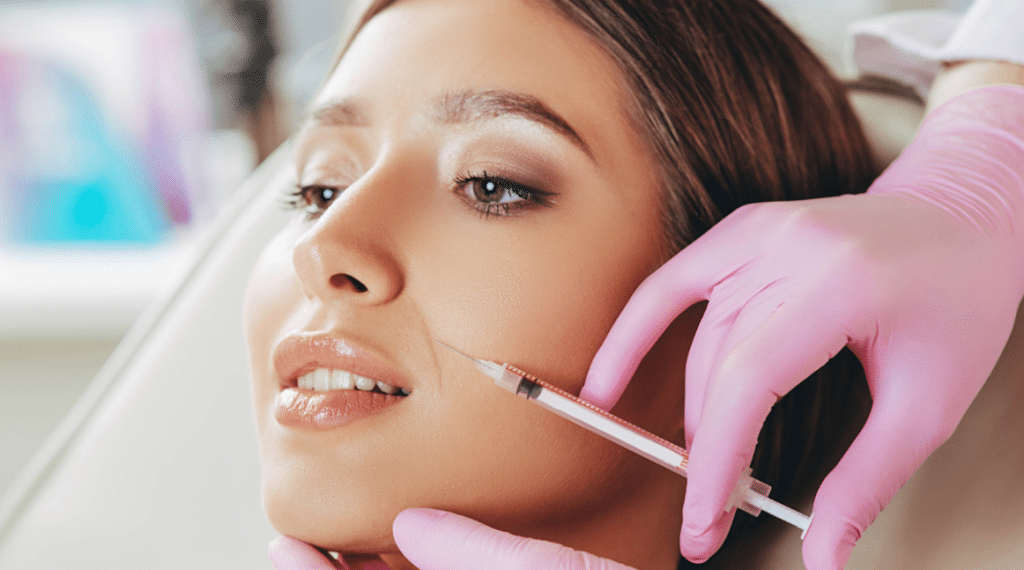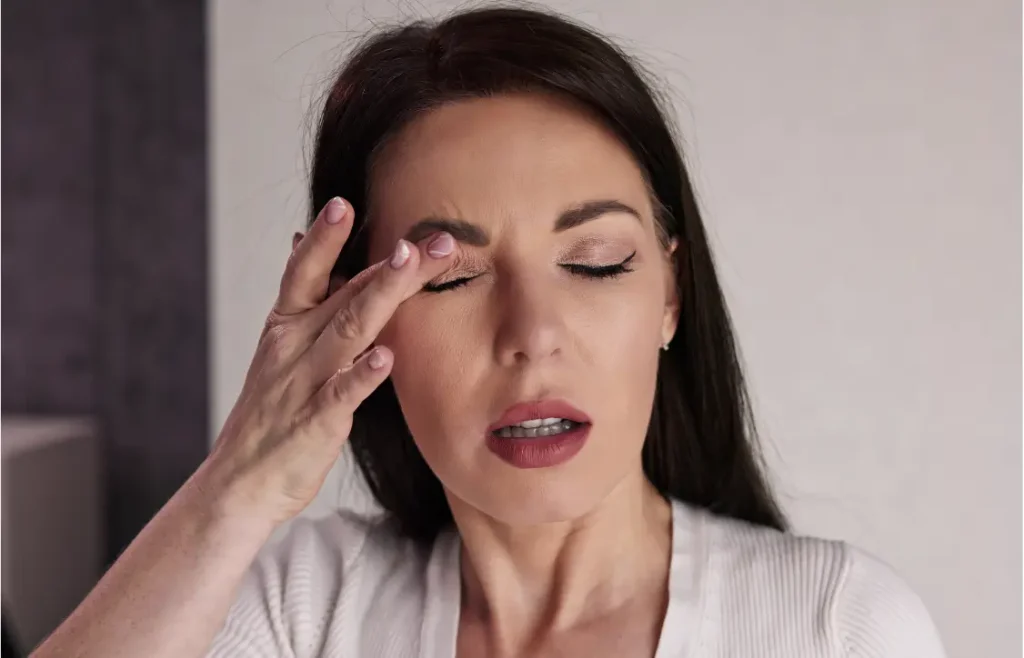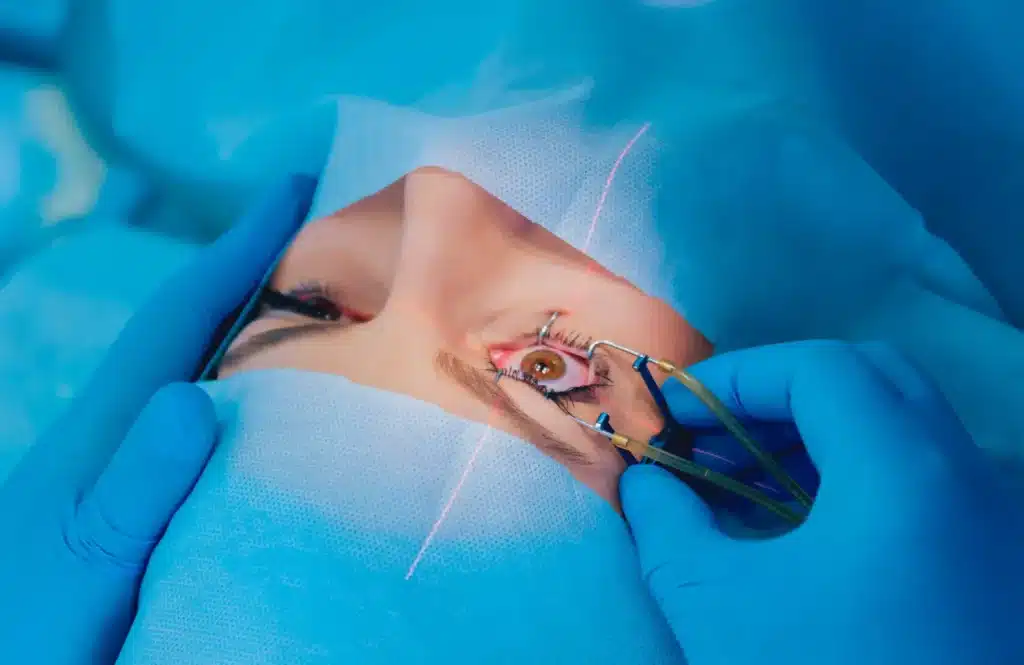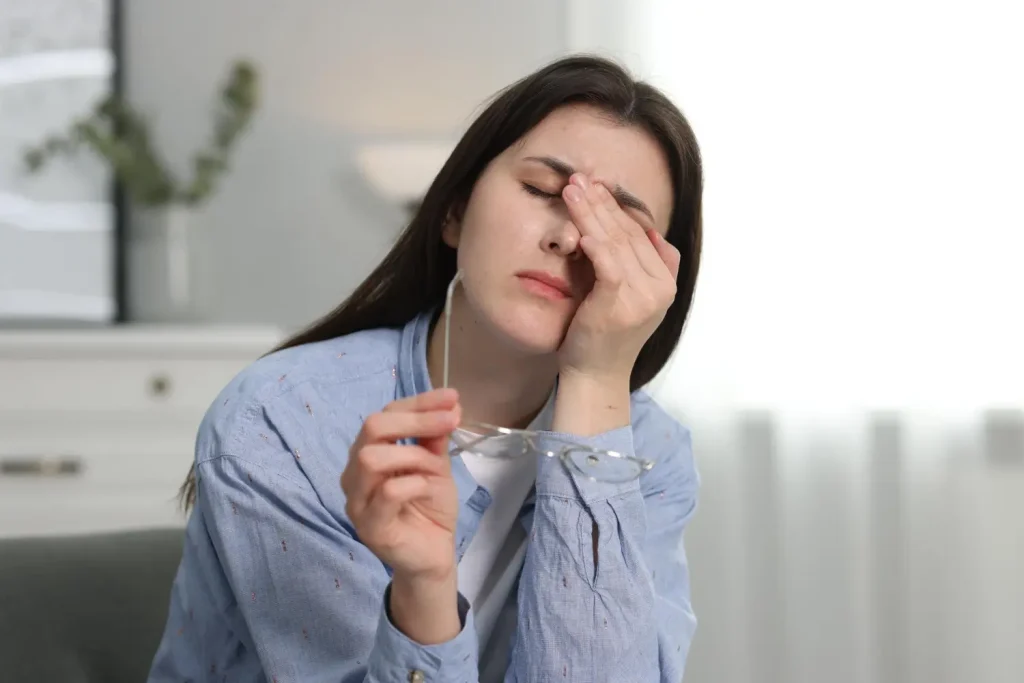According to the American Society of Plastic Surgeons, millions of individuals turn to Botox every year to reduce the appearance of wrinkles, with studies indicating a high satisfaction rate among recipients. This trend underscores the procedure’s effectiveness and reliability.
As Botox’s appeal grows, understanding the realistic outcomes and the importance of patience in seeing results becomes crucial. While the promise of a more youthful appearance is enticing, managing expectations is critical to achieving satisfaction.
The process, from consultation to visible results, involves patience and an appreciation for the subtleties of cosmetic treatments. In this article, we delve into the nuances of Botox treatments, emphasizing the importance of managing expectations and the value of patience.
Key Takeaways
- Patience and realistic expectations are crucial for achieving satisfaction with Botox treatments.
- Botox effectiveness varies based on individual factors. Still, effects typically appear within 24-72 hours and last 3-4 months.
- A thorough initial consultation and follow-up appointments are essential for personalized treatment plans and optimal results.
- Complementary treatments can significantly enhance Botox outcomes for a more comprehensive approach to facial rejuvenation.
- Selecting a qualified and experienced practitioner is vital for safe, effective treatment and achieving natural-looking results.
Understanding Botox and Its Uses
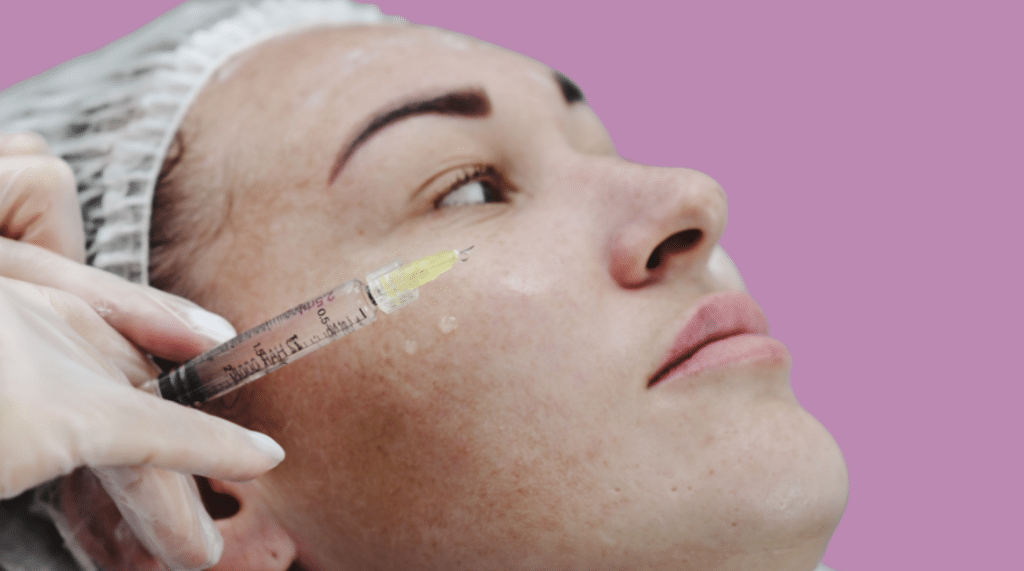
This section delves into the essence of Botox, how it functions, and the diverse concerns it addresses, shedding light on its widespread popularity and multifaceted utility.
The Basics of Botox: What It Is and How It Works
Botox, or Botulinum toxin, is a neurotoxic protein produced by the bacterium Clostridium botulinum. Initially used in 1978 for treating overactive muscles in the eye, it found its way into cosmetic applications in 1990, significantly reducing facial wrinkles caused by muscle contractions. The toxin operates by blocking acetylcholine, a chemical responsible for transmitting electrical impulses that lead to muscle contractions, thus temporarily paralyzing the muscles.
This blockage helps smooth out wrinkles and fine lines, with effects usually becoming apparent within 24-72 hours after injection and peaking at about 1 to 2 weeks. The results typically last for about 3-4 months, although treatments for conditions like excessive sweating might see effects that last longer.
Common Cosmetic Concerns Addressed by Botox
Botox injections are predominantly used for cosmetic purposes, such as reducing the appearance of facial wrinkles and fine lines that arise from muscle contractions. These include frown lines between the eyebrows, forehead lines, and crow’s feet around the eyes.
Botox also treats medical conditions, providing relief for neck and muscle spasms, including those caused by cerebral palsy, lazy eye, excessive sweating (hyperhidrosis), chronic migraine, and bladder issues. The toxin blocks nerve signals, leading to muscle relaxation, reduced sweat gland activity, or the effect on other targeted tissues.
Setting Realistic Expectations
This part of the discussion focuses on aligning expectations with reality, considering the factors that influence Botox’s effectiveness, to ensure patients are well-informed and can make decisions that lead to satisfaction with their treatment outcomes.
The Timeline of Botox Results: What to Expect and When
Understanding the before and after the process is crucial for those considering Botox for the first time. The effects of Botox start to appear within 1 to 3 days post-treatment, but it can take up to a week or more for the full results to manifest. This timeline highlights the importance of patience in seeing the desired outcome. The longevity of these effects varies based on the issue being treated.
However, it typically lasts between 3 to 4 months for cosmetic applications. Spaced at least three months apart, regular follow-up injections are necessary to maintain the desired outcome. Patients need to have realistic expectations about the onset and duration of Botox results to ensure satisfaction with the treatment.
Factors Influencing Botox Effectiveness and Outcomes
The effectiveness of Botox and the outcomes of its application can be influenced by various factors, including the specific condition being treated, the area of application, the dosage used, and individual patient characteristics like muscle thickness and skin condition. For example, wrinkles due to sun damage or sagging facial skin might not respond as well to Botox.
Moreover, the frequency and dosing of Botox treatments must be managed carefully to avoid the development of resistance to the treatment due to antibody formation. Patients should also be aware that Botox treatments might exaggerate facial asymmetries, potentially leading to a more uneven appearance.
The Patient Journey: From Consultation to Results
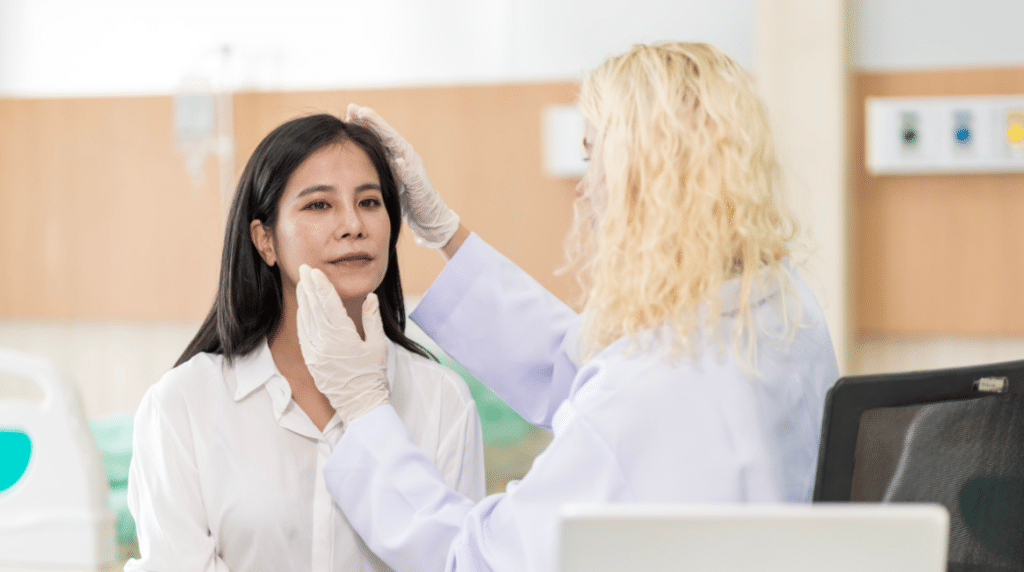
This path ensures that every step is tailored to meet your expectations and deliver the best possible results, from understanding your goals to the treatment’s outcomes.
The Importance of a Thorough Consultation
The journey begins with a thorough consultation, which is fundamental to achieving the best possible Botox results. During this initial meeting, your practitioner will review your medical history, discuss your expectations, and conduct a detailed skin analysis.
This stage may also involve exploring alternative or complementary treatments to ensure your goals are met effectively. Understanding potential risks and side effects is crucial, as is receiving comprehensive aftercare advice. It’s a time for open communication, allowing you to ask questions and express concerns.
Pre-Treatment Preparations and Considerations
Pre-treatment preparation involves understanding what Botox can and cannot do, setting realistic expectations, and discussing any concerns you may have. It’s also when your practitioner assesses your unique facial features and muscle movements to devise a personalized treatment plan. This process ensures that your Botox treatment is as effective as possible and tailored to your needs.
Post-Treatment: The Healing Process and Patience Required
After receiving Botox, a follow-up consultation is usually scheduled within 2-3 weeks to assess the results and address any required adjustments. This period is crucial for observing the treatment’s effectiveness, as optimal results typically manifest. Follow-up appointments offer the opportunity for minor touch-ups if necessary and to check for any side effects.
Maximizing and Maintaining Botox Results
This section delves into the importance of aftercare, lifestyle considerations, and the timing of follow-up treatments to ensure lasting satisfaction with your Botox results.
Tips for Enhancing Botox Effectiveness
Enhancing Botox’s effectiveness involves diligently following your practitioner’s aftercare advice. This includes avoiding rubbing or massaging the treated areas to prevent the spread of Botox to unintended muscles. Patients are advised to avoid certain activities and substances that might diminish the treatment’s effectiveness, such as alcohol consumption and exposure to high heat, for a short period post-treatment.
Strategies for Prolonging Botox Outcomes
Regular follow-up treatments, maintaining a healthy skincare routine, and protecting the skin from sun damage can prolong Botox outcomes. Additionally, staying hydrated and using products that promote skin health can support the longevity of Botox results. Discussing a maintenance plan with your practitioner can ensure that the effects of Botox are sustained as long as possible.
Managing Expectations: A Key to Satisfaction
Clear communication between patient and practitioner and understanding how individual factors influence results are crucial. This ensures a realistic outlook on what Botox can achieve, leading to greater satisfaction with the treatment.
The Role of Communication Between Patient and Practitioner
Effective communication between the patient and practitioner is paramount throughout the Botox process. From the initial consultation to follow-up appointments, clear discussions regarding treatment goals, potential outcomes, and concerns are essential. This transparency helps in setting realistic expectations and contributes significantly to patient satisfaction.
Adjusting Expectations Based on Individual Factors
Each individual’s response to Botox can vary based on skin type, age, and lifestyle. It’s important to understand that results may differ from person to person, and adjustments to treatment plans may be necessary. Being open to professional advice and having flexible expectations can significantly enhance your overall satisfaction with Botox treatments.
Beyond Botox: Complementary Treatments and Alternatives
This section delves into the array of treatments that can work with Botox to amplify results or serve as viable alternatives for those seeking different solutions. From dermal fillers to chemical peels, understanding these options opens the door to a tailored approach to beauty and rejuvenation.
Complementary Procedures to Enhance Botox Results
While Botox effectively reduces dynamic wrinkles, combining it with other treatments can provide more comprehensive anti-aging results. Dermal fillers, for example, can add volume and sculpt facial contours, complementing Botox’s wrinkle-smoothing effects. Chemical peels and laser treatments improve skin texture and clarity, while skincare products rich in antioxidants, retinoids, and peptides can prolong Botox’s benefits by enhancing skin quality and resilience.
A “liquid facelift,” combining Botox with fillers, offers a nonsurgical option for facial rejuvenation, addressing early signs of aging with immediate results lasting 6 months to 2 years, depending on individual factors. Treatments like HydraFacial®, microneedling, and laser resurfacing can also be strategically timed to enhance Botox outcomes. However, consultation with a professional is crucial to determine the best sequence and combination of treatments.
When to Consider Alternatives to Botox
In cases where Botox may not be the best option due to individual health conditions, preferences, or specific skin concerns, alternatives such as dermal fillers for volume restoration, chemical peels for skin texture improvement, or laser treatments for skin clarity and collagen stimulation may be recommended.
Choosing the Right Practitioner
The decision of whom to trust with your aesthetic treatments is pivotal. Here, we underscore the importance of selecting a practitioner with the requisite expertise and experience in Botox and complementary therapies.
The Importance of Experience and Expertise
Selecting a qualified and experienced practitioner ensures safe and effective Botox treatment. An expert in the field will deeply understand facial anatomy, injection techniques, and the art of combining treatments for natural-looking results. They can tailor treatments to individual needs, manage expectations, and minimize potential side effects.
Questions to Ask Your Botox Provider
Before proceeding with Botox or any complementary treatments, it’s essential to have a thorough consultation. Key questions include the practitioner’s qualifications and experience, details about the specific treatments recommended, what results can realistically be expected, and the cost and duration of the effects. Asking about the provider’s strategy for natural-looking results and managing follow-ups and side effects can offer critical insights into their approach.
Conclusion
Understanding and managing expectations is critical to achieving satisfaction with Botox treatments. The process requires patience, as results develop over time and vary between individuals. An approach, including a thorough consultation, individualized treatment plans, and possibly complementary treatments, can enhance the effectiveness of Botox. Also, an experienced and qualified practitioner is critical for safe, effective treatment and satisfying outcomes.
About: MedicalSpaRX is a one-stop shop for all your wholesale medical and cosmetic supplies, including Botox which some patients have reported botox emotional side effects from. They offer a wide range of products, including dermal fillers, Botox, and skincare products, at competitive prices with fast shipping. Plus, they have a referral program that rewards you for introducing new customers.
FAQs
- How long does it take to see results from Botox?
Results from Botox typically begin to appear within 24-72 hours, with full effects visible in about 1 to 2 weeks.
- How long do Botox results last?
Botox results usually last 3 to 4 months, depending on the treated area and individual factors.
- Can Botox be used for more than just reducing wrinkles?
Botox can also treat medical conditions like excessive sweating, chronic migraines, and muscle spasms.
- Is there any downtime after a Botox treatment?
There is minimal to no downtime after Botox treatments, allowing most patients to resume their normal activities immediately.
- How do I choose the right Botox provider?
Choose a provider based on their qualifications, experience, and ability to provide a thorough consultation and follow-up care.
References
American Society of Plastic Surgeons. (n.d.). Botulinum toxin. American Society of Plastic Surgeons. Retrieved from https://www.plasticsurgery.org/cosmetic-procedures/botulinum-toxin
American Society of Plastic Surgeons. (n.d.). What you need to know about Botox. American Society of Plastic Surgeons. Retrieved from https://www.plasticsurgery.org/news/blog/what-you-need-to-know-about-botox
Patient. (2023, July 19). Botox (botulinum toxin injections). Patient.info. Retrieved from https://patient.info/cosmetic-surgery/cosmetic-facial-injections/botox-botulinum-toxin-injections
Mayo Clinic. (2021, February 24). Botox injections. Mayo Clinic. Retrieved from https://www.mayoclinic.org/tests-procedures/botox/about/pac-20384658
